Ecobuild latest: Former construction adviser says prospect of 80% carbon cut requires ŌĆ£heroic assumptionsŌĆØ to be made

There is no chance of the built environment delivering its share of the governmentŌĆÖs legally binding carbon targets without major additional regulation, the governmentŌĆÖs former chief construction adviser has said.
Presenting the findings of the Green Construction BoardŌĆÖs detailed low carbon plan, Paul Morrell said that for the industry to meet the governmentŌĆÖs legally binding 80% carbon reduction target under the Climate Change Act required a ŌĆ£heroic assumptionŌĆØ about what was possible.
ŌĆ£This goes way beyond some of the technical levers that we have, and certainly further beyond the financial incentives and statutory levers to make it happen,ŌĆØ he said.
ŌĆ£My personal view is that the assumptions the model makes are so heroic that I donŌĆÖt believe anyone will believe it will happen in the timeframe.ŌĆØ
Morrell said the modeling in the low carbon plan showed that if the existing policy and regulatory environment continued then only a 52% reduction in emissions would be achieved, even if the electricity grid was fully decarbonised.
Morrell added that further regulation was required to address the retrofitting of the existing stock, which would account for more than half of the potential reduction.
He said that stamp duty relief for energy efficient homes and a reduction in VAT for renovation would ultimately have to be considered, alongside more punitive measures, which would be difficult to impose as they were ŌĆ£political dynamite.ŌĆØ
ŌĆ£I canŌĆÖt imagine any tougher call for a politician than being asked to tell the electorate that their houses are progressively becoming illegal,ŌĆØ he said.
The Green Construction BoardŌĆÖs Low Carbon Routemap, sets out what carbon savings are needed from the construction industry to achieve an 80% reduction by 2050, therefore contributing to the governmentŌĆÖs legally binding 80% reduction target under the Climate Change Act.
The low carbon plan contains targets for the domestic sector to reduce operational carbon emissions by 34% on 2010 levels by 2017, with the non-domestic sector required to reduce emissions by 24% over the same period.
Targets for individual sub-sectors vary, with communications and transport challenged to reduce emissions by 40% by 2017, and the education sector asked to reduce emissions by 13%.
Mike Putnam, president and chief executive of Skanska UK and co-chair of the Green Construction Board, said the low carbon plan would ŌĆ£inform the ongoing dialogue between government and industryŌĆØ.
He added: ŌĆ£I firmly believe that it is possible to significantly reduce carbon by applying clear leadership and challenging solutions, focusing upon whole life costs of the asset, covering both capital and operational carbon, as well as costs.ŌĆØ
Business minister Michael Fallon - who co-chairs the Green Construction Board - said the low carbon plan would also help shape the governmentŌĆÖs industrial strategy for construction, which will be published in the summer.
ŌĆ£ItŌĆÖs a valuable contribution to our continuing work with industry and shows that even closer collaboration is required in the future if we want to get closer to achieving our objective,ŌĆØ he said.
ŌĆ£While the routemap shows that the 80% carbon reduction target is a very challenging one, we must not lose sight of the overall objective which is to minimise carbon emissions.ŌĆØ
However, sustainability expert David Strong was sceptical of the value of a fresh plan for carbon emissions reduction.
ŌĆ£The question I would ask is: ŌĆśIs anybody going to go to prison if those targets are not achieved?ŌĆÖ You could put down any figures. Unless they are supported by action by government then we are all being busy fools,ŌĆØ he said.


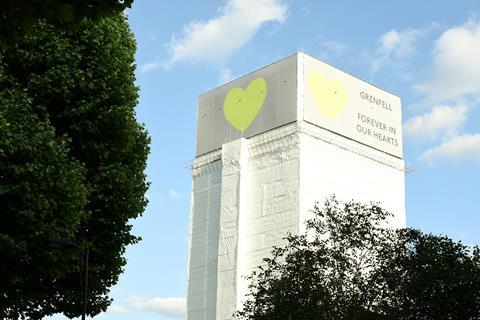
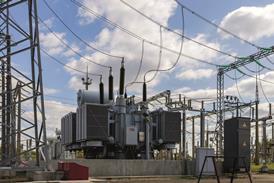









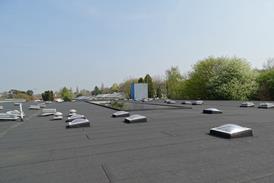




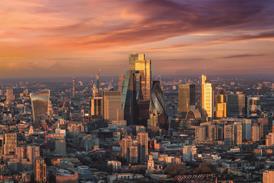
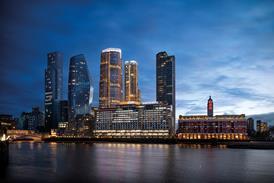







3 Readers' comments